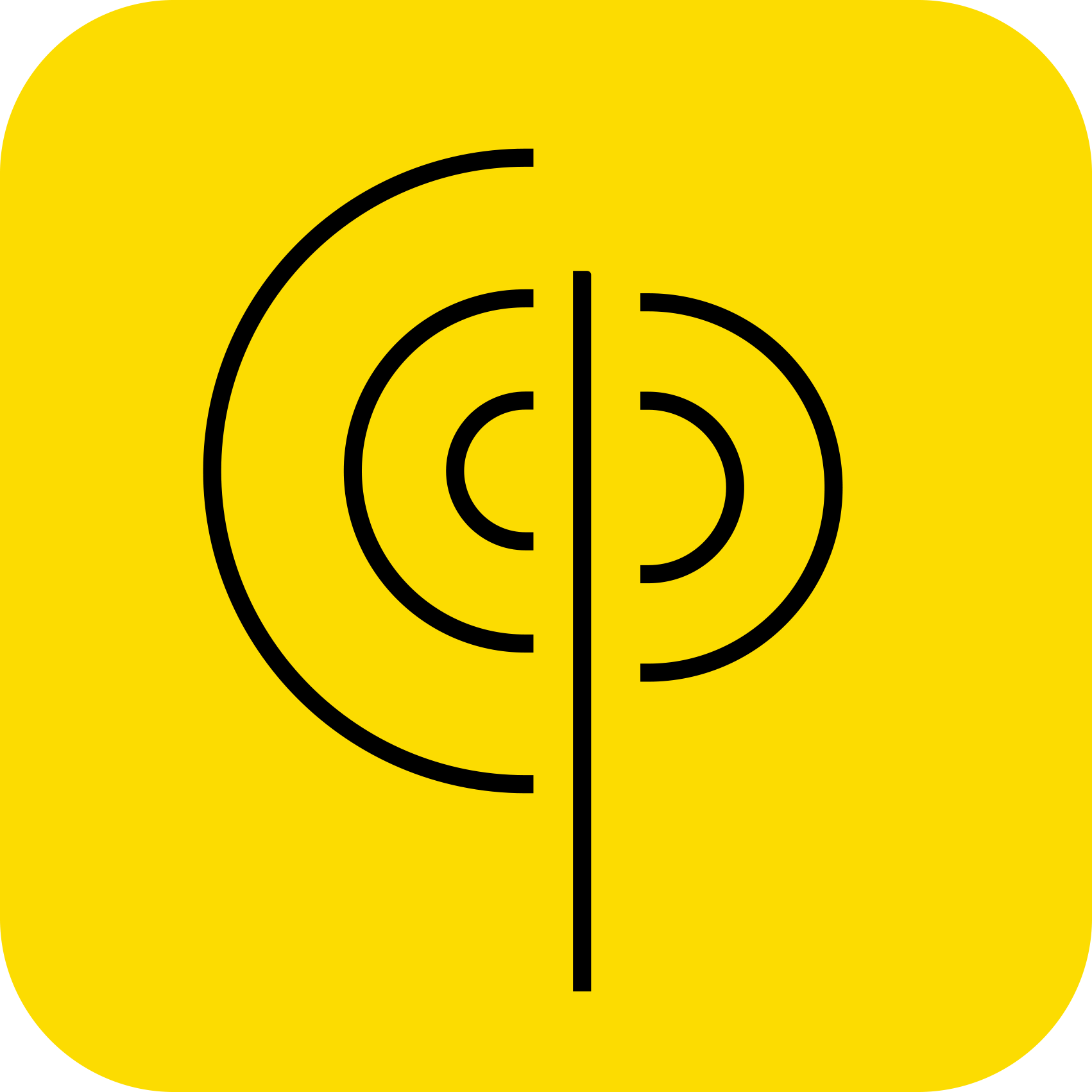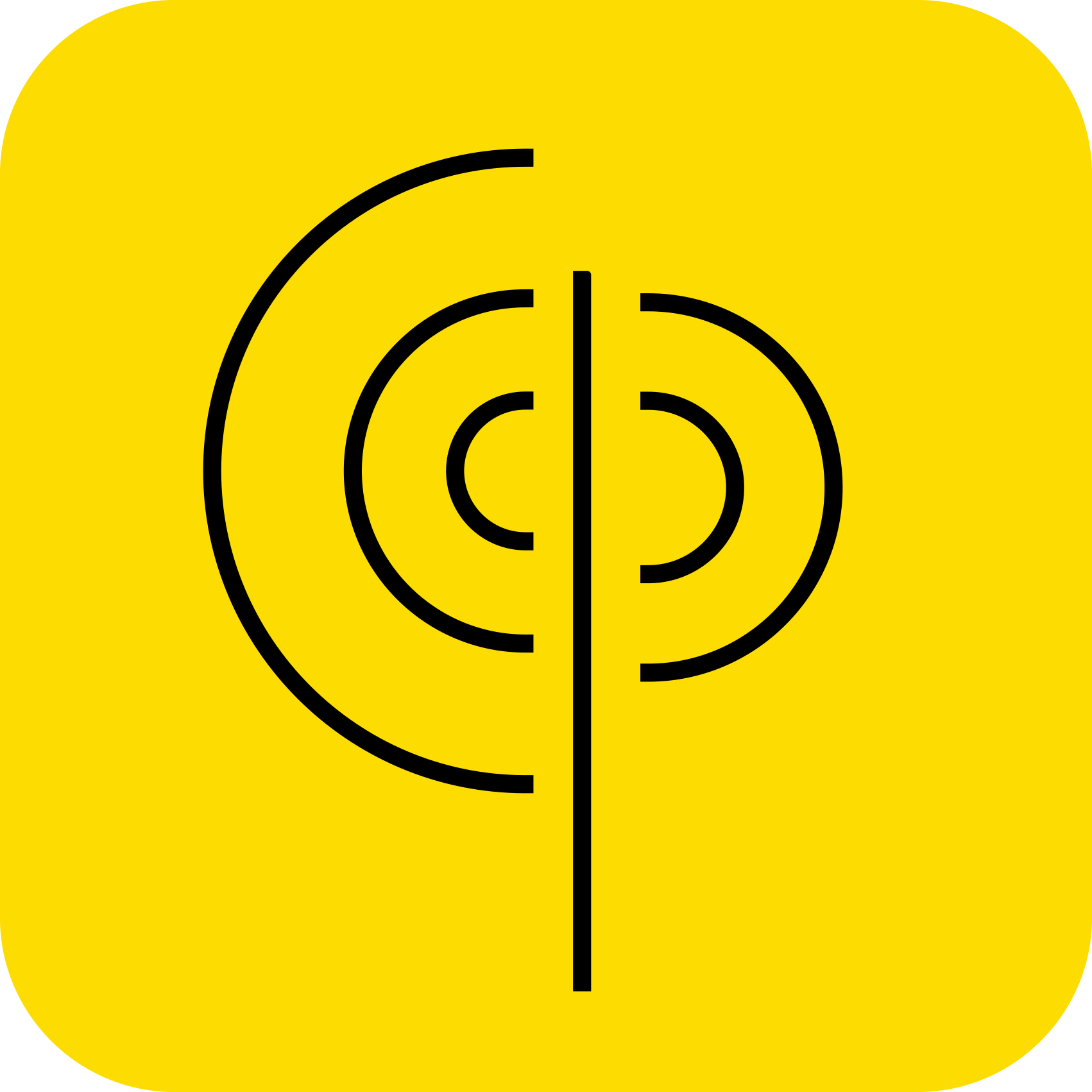Why Use BillPay Control Numbers?
- Instant payment confirmation.
- Automated reconciliation.
- Works across all major Tanzanian payment channels (mobile money, SIM banking, CRDB Internet Banking, and Wakalas).
- Flexible for different payment needs.
- Supports one-time payments and subscriptions or recurring payments.
- Can be generated offline and via the Dashboard and BillPay API.
Types of BillPay Control Numbers
ClickPesa supports three types of control numbers:Merchant BillPay-Namba
A 4-digit static number assigned to your merchant account.- Used to deposit funds into your ClickPesa balance.
- A base number for generating Order BillPay numbers offline.
- Not for sharing with customers.
Order BillPay Control Number
A dynamic number for a specific transaction or invoice.- Ideal for one-time payments.
- Closes automatically once processed.
- Offline / Manual Concatenation: Combine your Merchant BillPay-Namba with an internal order reference (e.g.,
1122+231256=1122231256). Quick way to accept online payments for offline invoices. - API Generation: Create via BillPay API with full flexibility:
- Set the amount to be paid.
- Control payment mode: full, partial, or over.
- Add a bill description.
- Provide a custom reference as the control number.
- If no reference is provided, ClickPesa will auto-generate one.
Customer BillPay Control Number
A static unique number assigned to a specific customer.- Ideal for repeating or subscription payments.
- Enables automatic payment tracking per customer.
- Via Dashboard: Assign a control number linked to the customer in the Merchant Dashboard.
- API Generation: Create via BillPay API with full flexibility:
- Specify customer name (e.g., student, client).
- Add bill description (e.g., Tuition Fees, Rent - July 2025 ).
- Set payment amount and mode (full, partial, over).
- Allow multiple control numbers per customer, each for a different bill or purpose.
- Provide a custom reference or let ClickPesa auto-generate one.
Making Payments with BillPay Control Numbers
Payments can be made through:- Mobile Money: Tigopesa, Airtel Money, Halopesa, M-Pesa
- CRDB Banking: SIM Banking (APP/USSD), Internet Banking, CRDB Wakalas

